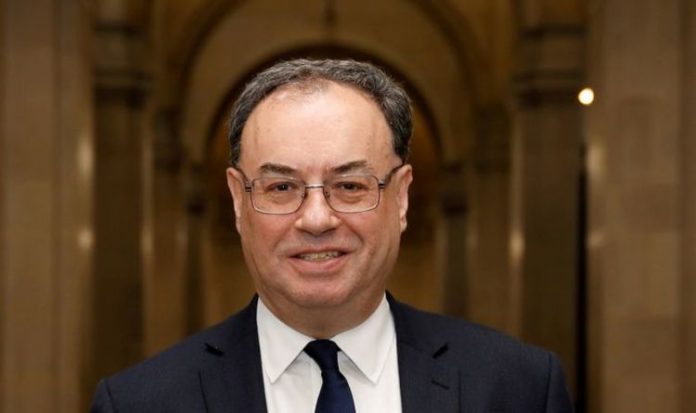The Prime Minister vowed to shore up businesses and create more jobs as the Covid resurgence continues to bite. Insisting he will keep the economy moving, Mr Johnson pledged the government will continue to “put its arms around” workers through the economic turmoil that lies ahead.
He told MPs: “Our objective is to keep businesses going and to keep the economy moving as much as we can.
“We will continue to send that support throughout the whole of the UK, to put our arms around the whole of the workforce of the UK and to protect jobs and livelihoods, but what we also want to see is those businesses continuing and jobs being created.”
New figures released yesterday showed that the government’s five support schemes have paid out more than £110 billion since they were started in May.
The bounce-back loan scheme, which provides small loans to small businesses, has lent a total of £38 billion.
The Coronavirus Business Interruption Loan Scheme (CBILS) and its equivalent for larger companies called CLBILS paid out £15.45 billion and £3.84 billion respectively.
Meanwhile, the government has also paid out £39.3 billion to 9.6 million people on furlough cash and £13.4 billion to self-employed people.
Despite the state help the DIY group behind B&Q and Screwfix has said it intends to return £23million of furlough pay to the government after sales and profits at its UK business climbed during the pandemic.
Sales rose 3.7 percent at Kingfisher’s UK business in the six months to 31 July – despite several weeks during which stores were closed or only partially open – as families snapped up garden decking, vegetable seeds, paint and other decorating materials to improve their homes during the national lockdown.
Retail profits in the UK rose more than 47 percent to £411million as the company benefited from £45 million in business rates relief and cut spending on non-essential store maintenance, marketing and IT.
Both Mr Johnson and Chancellor Rishi Sunak have come under mounting pressure to extend the furlough scheme beyond the October 31 cut-off date.
Experts have warned it will lead to a “cliff-edge” of redundancies, causing mass unemployment.
Meanwhile, Bank of England governor Andrew Bailey has warned the surge in Covid-19 cases threatens the outlook for the UK economy, but stressed policymakers will do “everything we can” to support households and businesses.
Speaking on a British Chambers of Commerce webinar, Mr Bailey cautioned over “hard yards ahead” for the economy as Britain faces a second wave of coronavirus infections.
He said the rapid rise of cases “reinforce the downside risks” to the economy as he laid bare worries over unemployment that is rising faster than shown in official data and long-term scarring from the crisis.
He said: “The latest news, that we are seeing a very unfortunate, faster return of Covid-19 is extremely difficult news for all of us and the whole country.
“That does reinforce the downside risks we have in our forecasts.
“The Bank of England will do everything we can do within our remit and powers to support the businesses and people of this country. And we will do that.”
Mr Bailey said now was the time to “stop and rethink” the furlough support scheme for workers, which comes to an end next month, in favour of a targeted approach.
But he said he did not want to “tie the Chancellor’s hands”, adding “the world is changing rapidly around us”.
He also played down the prospect of the UK imminently slashing interest rates into negative territory for the first time in history, insisting the Bank just needed to make sure it could do so if needed.
Speculation over below-zero rates mounted last week after minutes of its latest Monetary Policy Committee (MPC) meeting revealed the Bank was looking at how negative rates could be put into practice.
But Mr Bailey said: “It would be a cardinal sin in my view if we said we had a tool in the box which we didn’t think could be operationally used.
“Yes it’s in the tool bag, but that doesn’t mean we’re going to use negative rates,” he added.







